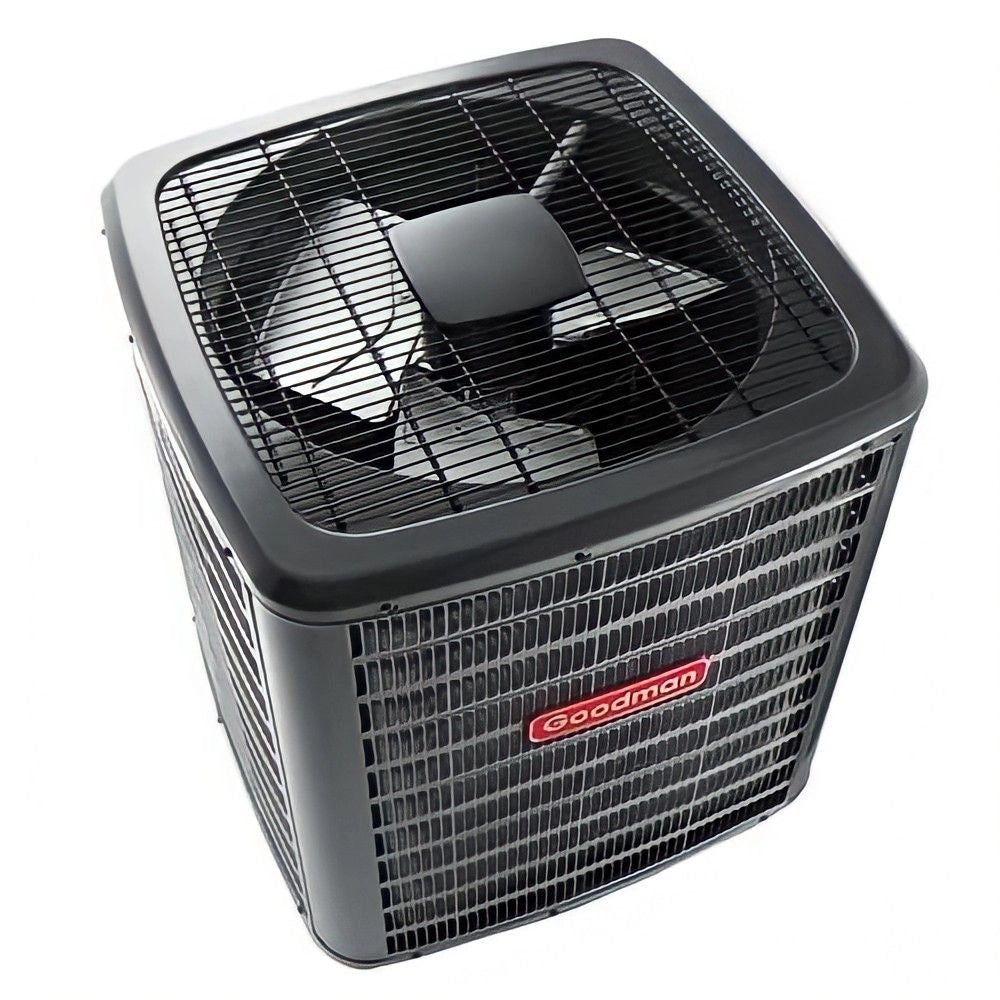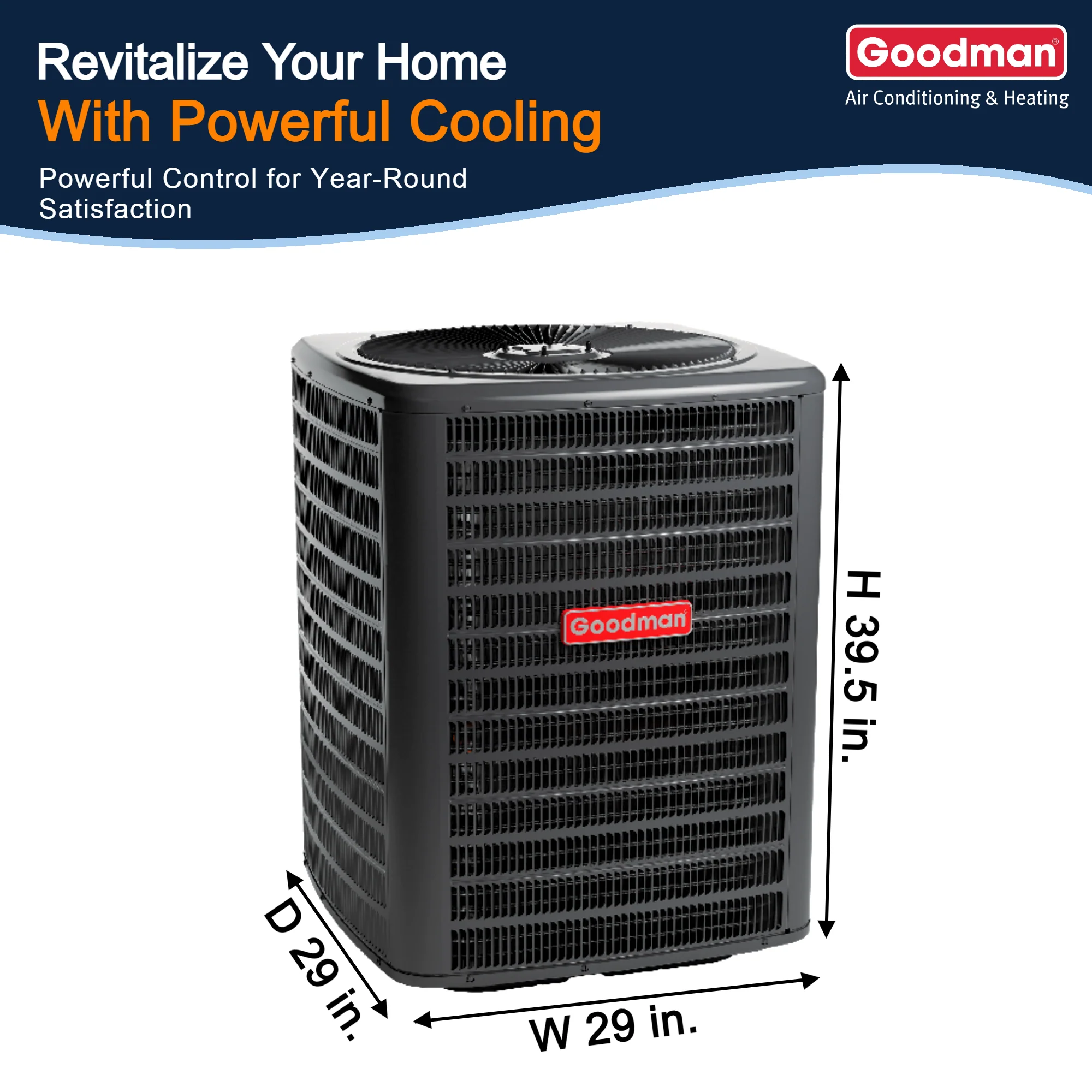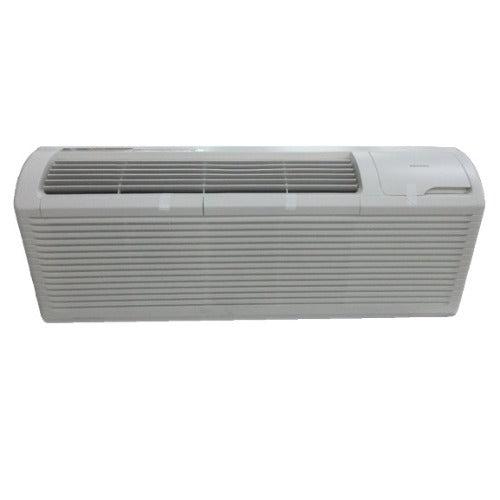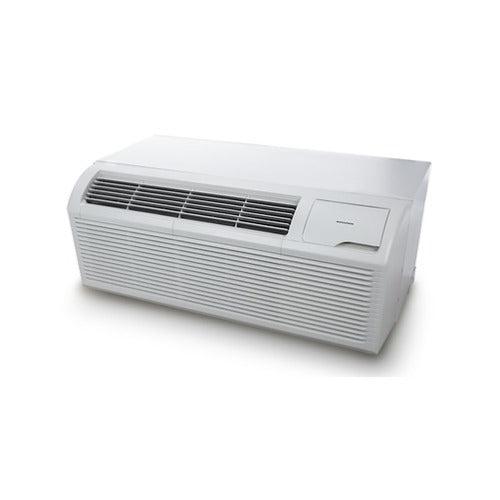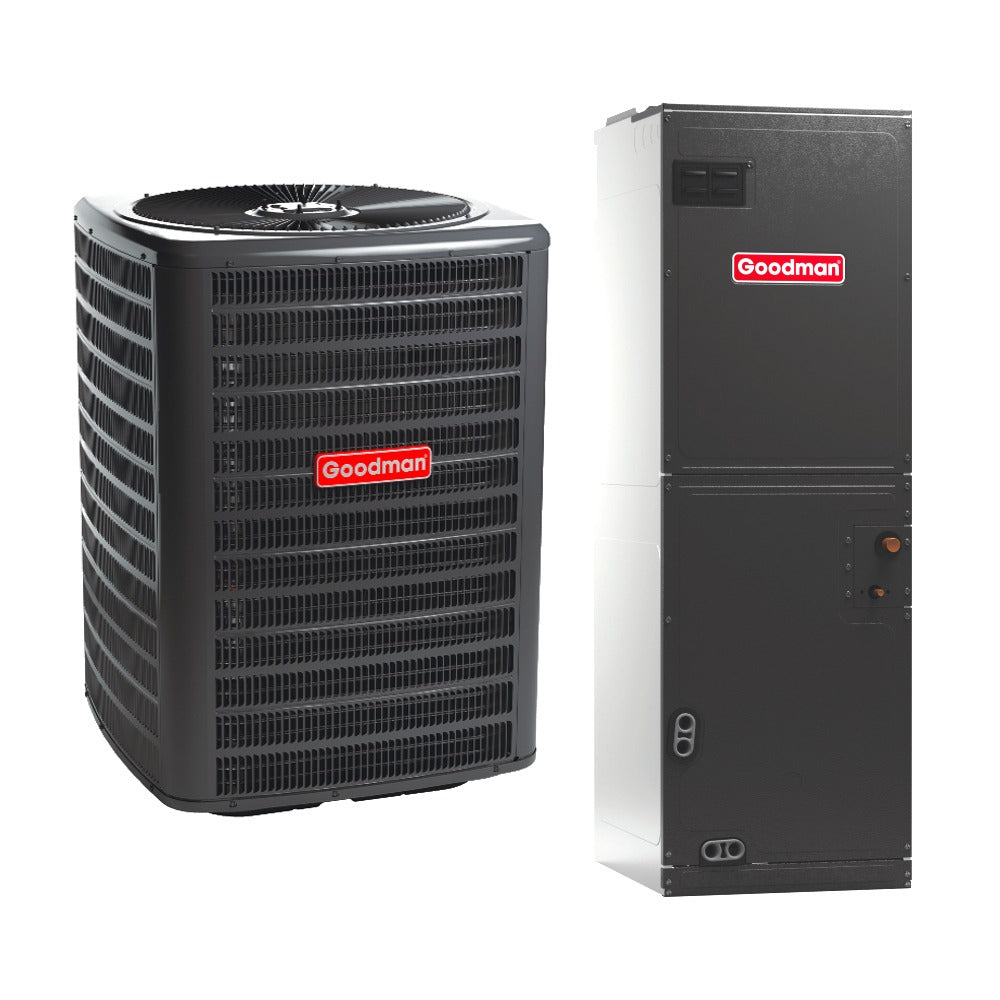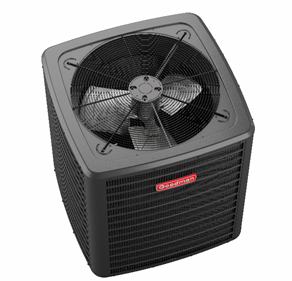Through-the-wall air conditioners are gaining rapid popularity among homeowners, property managers, and even commercial facility operators looking for a permanent, efficient, and discreet cooling solution. These units combine sleek aesthetics with robust performance, making them a top choice where energy efficiency, space optimization, and cooling precision matter most.
In this detailed guide, we'll explore where through-the-wall AC units work best, how to determine the right BTU rating for your space, and why these systems are especially ideal for achieving enhanced energy savings. We'll also dive into how SEER ratings, R-32 refrigerant, and available rebates make these units a smart investment.
What Makes Through-the-Wall Units Unique?
Before diving into specific use-case scenarios, let’s quickly recap why these units stand out:
-
Permanent installation through an exterior wall.
-
More energy efficient than portable or window units.
-
Offer better air sealing, reducing cooling losses.
-
Compatible with R-32 refrigerant for eco-conscious cooling.
-
Come with higher SEER ratings, improving operating costs.
Ideal Places to Install Through-the-Wall Air Conditioners
1. Apartments and Condominiums
Many multi-family housing units—like apartment buildings and condos—are prime locations for through-the-wall AC systems. Because these living spaces are typically compact and limited in layout flexibility, having a unit installed flush with the wall saves valuable floor and window space.
Why They Work Best Here:
-
Consistent BTU Output: These units offer enough BTU power to cool standard apartment sizes.
-
Noise Reduction: Quiet operation won’t disturb neighbors.
-
Zoned Cooling: Perfect for rooms that need individual temperature control.
-
Rebates: Energy-efficient models often qualify for local utility rebates, ideal for renters and landlords looking to reduce upgrade costs.
2. Home Offices and Studios
With the rise of remote work, home offices and creative studios have become vital spaces in homes. A through-the-wall AC offers quiet, efficient cooling that doesn't interfere with concentration or productivity.
Key Benefits:
-
Whisper-Quiet Operation: Unlike window units, noise levels are minimized.
-
Targeted Cooling with Proper BTU Selection: A small home office (100–200 sq ft) may only need a 5,000–6,000 BTU unit, making sizing simple.
-
Energy Efficiency: With high SEER ratings, these units won’t spike your electric bill.
3. Bedrooms and Sleeping Areas
Bedrooms are all about comfort—and comfort means both temperature and noise levels need to be controlled. Installing a through-the-wall unit in a bedroom allows for energy-efficient cooling all night long without the roar of a window unit or central HVAC system kicking on.
Why It’s a Great Fit:
-
R-32 Refrigerant: These units use low-GWP R-32 refrigerant, which delivers faster, more consistent cooling with a smaller environmental footprint.
-
Energy Efficiency: High SEER units (16 and above) provide cooling at lower power consumption.
-
Enhanced Energy Control: Timers, eco modes, and smart thermostats give users total control.
4. Senior Living Facilities and Assisted Living Homes
These buildings often include individual rooms or suites where quiet, consistent temperature control is essential for the health and comfort of residents.
The Advantage of Through-the-Wall Units:
-
Low Noise and Steady Temperature: No sudden temperature swings that might affect sensitive residents.
-
Easy Maintenance: Wall units are easy to access and replace without disturbing surrounding areas.
-
Eligible for Rebates: Many utility companies offer rebates for upgrading to energy-efficient, R-32 compliant units.
5. Hotels and Hospitality Suites
In hospitality design, PTAC (Packaged Terminal Air Conditioner) or through-the-wall systems are already standard—but newer models offer even greater energy efficiency and guest satisfaction.
What Sets Them Apart:
-
Zoned Temperature Control: Allows guests to set their own comfort levels.
-
Reduced Operational Costs: Units with high SEER and R-32 refrigerant drastically reduce power usage across dozens (or hundreds) of rooms.
-
Improved Room Turnover: Wall-mounted units are easy to clean and maintain between guests.
6. Converted Garages and Basements
Homeowners converting garages or basements into gyms, offices, or rental suites will find through-the-wall ACs an ideal choice.
Perfect for:
-
No Ductwork Required: Ideal for spaces that are not part of the central HVAC system.
-
Efficient Cooling with the Right BTU: Garages often require higher BTU due to less insulation.
-
Permanent Integration: Looks more professional and finished than a window unit.
7. Tiny Homes and Mobile Living
From tiny homes to prefab cabins, through-the-wall AC units are compact and efficient solutions when every inch of space matters.
Highlights:
-
Space-Saving Design: Keeps windows and floor space clear.
-
High SEER Ratings: Great for off-grid or solar-powered configurations.
-
Enhanced Energy Models: Use less power, critical when using limited solar or battery energy.
Choosing the Right Unit: Sizing by BTU and Room Type
A common mistake is under- or over-sizing your air conditioner. Both lead to poor performance and higher energy bills. Here’s a quick BTU guide:
| Room Size (sq ft) | Recommended BTU |
|---|---|
| 100–150 | 5,000 BTU |
| 150–250 | 6,000 BTU |
| 250–300 | 7,000 BTU |
| 300–350 | 8,000 BTU |
| 400–450 | 10,000 BTU |
| 500–600 | 12,000 BTU |
When choosing your BTU rating, consider other factors like:
-
Ceiling height
-
Room insulation
-
Sun exposure
-
Number of occupants
-
Heat-producing appliances (computers, stoves, etc.)
R-32 Refrigerant: Why It Matters for Your Space
R-32 refrigerant is a game-changer in modern HVAC design. With better thermal performance, lower GWP, and enhanced energy output, it cools faster and more efficiently.
Why Use R-32?
-
Environmental Safety: 3X lower GWP than R-410A.
-
Better Performance: Absorbs and transfers heat more efficiently.
-
SEER Boost: Improves the SEER rating, giving better cost savings and reduced energy use.
For any of the environments listed above, R-32 units are not only future-proof but also compliant with most new federal and state environmental standards.
SEER Ratings and Rebates: Financial Incentives for Smart Cooling
What’s SEER?
SEER (Seasonal Energy Efficiency Ratio) determines how efficiently a unit operates across an entire cooling season. A higher SEER means:
-
Less electricity used per BTU.
-
Lower energy bills.
-
Eligibility for more incentives.
Rebates and Incentives:
Many states and utility companies offer rebates for:
-
Units with SEER 15 or higher.
-
Units using R-32 refrigerant.
-
ENERGY STAR® certified models.
Final Thoughts: Know Where and Why
From studio apartments and bedrooms to tiny homes and hotels, through-the-wall air conditioners offer unmatched benefits in the right settings. Their quiet performance, enhanced energy efficiency, and compatibility with R-32 refrigerant make them a top-tier solution for cooling spaces that demand power, precision, and sustainability.
When paired with high SEER ratings and proper BTU sizing, you’ll not only enjoy a more comfortable environment but also benefit from rebates and long-term savings. Whether you're designing a modern home office, managing a rental property, or upgrading your basement, the through-the-wall unit is a reliable, forward-thinking choice.


